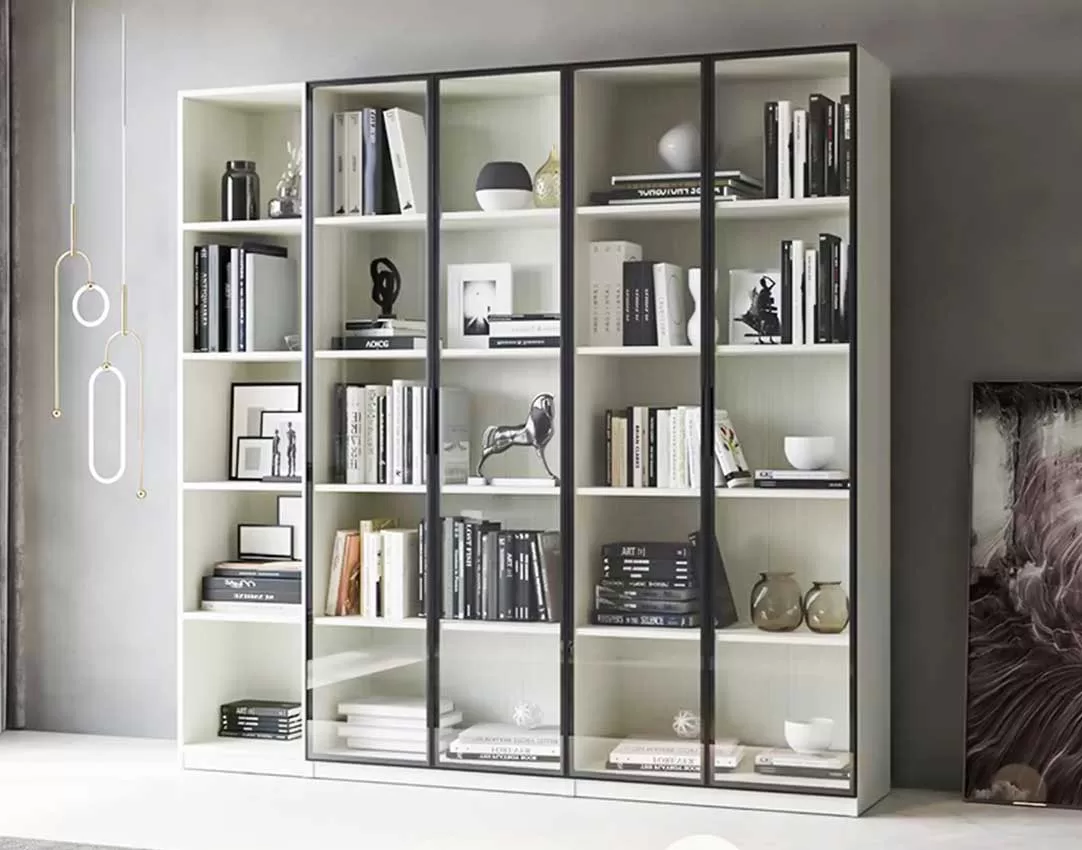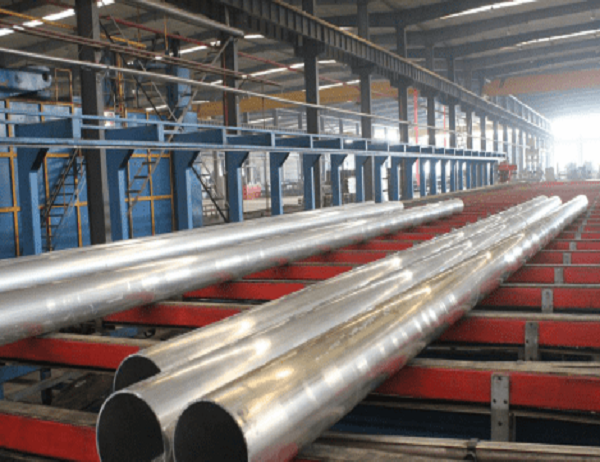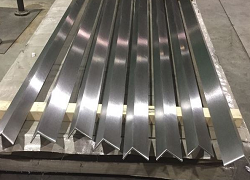Trends and Innovations in Industrial Aluminum Profile Design: Shaping the Future
Introduction:
In the ever-evolving industrial landscape, aluminum profiles stand as versatile and indispensable materials. With their exceptional strength-to-weight ratio, corrosion resistance, and design flexibility, aluminum profiles are redefining the boundaries of industrial engineering. This article unveils the latest trends and innovations that are shaping the future of industrial aluminum profile design.
Modular and Interchangeable Designs:
Modern industrial sectors demand agility and efficiency. Modular aluminum profiles facilitate the quick assembly and disassembly of structures, allowing for easy reconfiguration and maintenance. Interchangeable components enable customization and adaptability, empowering engineers to create tailored solutions for specific applications.
Lightweight and High-Strength Alloys:
Advanced alloying techniques have led to the development of lightweight aluminum alloys that maintain exceptional strength and durability. These alloys enable manufacturers to create complex profiles with reduced weight, leading to improved energy efficiency and reduced material consumption.
Complex Geometries through Hydroforming:
Hydroforming is a transformative technology that allows the shaping of aluminum profiles into complex and intricate geometries. This process uses high-pressure fluid to force the material into custom-designed molds, resulting in profiles with superior strength, reduced weight, and improved aesthetics.
Additive Manufacturing and 3D Printing:
Additive manufacturing technologies, such as 3D printing, are revolutionizing the production of aluminum profiles. They enable the creation of custom and intricate designs with greater precision and design freedom. This opens up new possibilities for prototyping, rapid tooling, and the production of complex structures.
Sustainability and Eco-Friendliness:
The environmental impact of industrial processes is becoming increasingly important. Aluminum profiles are inherently recyclable, contributing to a sustainable circular economy. Innovations in surface treatments and coatings enhance the longevity and corrosion resistance of aluminum profiles, reducing maintenance costs and environmental waste.
Conclusion:
The advancements in industrial aluminum profile design are poised to transform various industries. From automotive and transportation to energy and infrastructure, these trends empower engineers to create lightweight, strong, and adaptable structures that meet the demands of a modern and sustainable world. As the industry continues to evolve, the future of aluminum profile design promises endless possibilities and innovations that will redefine the possibilities of industrial design.



